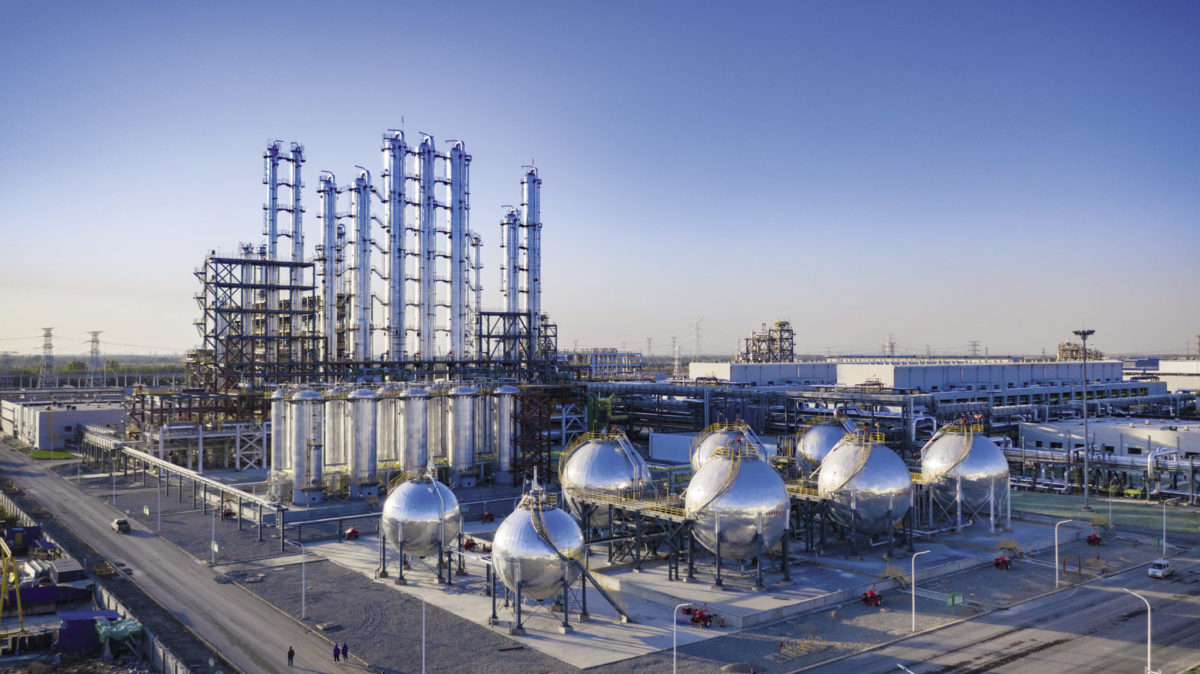From pv magazine Global
In its PV supplier report for the second quarter of 2022, solar and storage advisory Clean Energy Associates (CEA) said that polysilicon production capacity could reach 295 GW by the end of 2022, and 536 GW by the end of 2023.
CEA said it expects this production capacity to far exceed solar installations next year. While this may suggest that supply problems could begin to be alleviated, CEA said PV module capacity expansion is slowing. Many manufacturers are instead expanding cell production capacity, in support of the n-type TOPCon and HJT manufacturing trends.
Ingot capacity grew almost 30 GW in the second quarter, said CEA. It attributed this to two facilities that brought 23 GW online. Wafer capacity decreased slightly, said CEA, primarily because a major undisclosed supplier retired its multicrystalline wafer capacity. The 17 suppliers covered in the report boosted cell capacity by 22% in the second quarter of 2022, bringing 47 GW of capacity online, reaching a total of 262 GW.
PV module production reached 324 GW in the second quarter. CEA said it expects this could expand by 20% by this end of the year to reach 400 GW.
Only seven suppliers covered by the CEA report are fully vertically integrated from ingot to module production. Most of the others operate at the cell and module link in the supply chain.
“With growing merchant wafer options, there is little need for most suppliers to expand upstream,” said CEA.
It said suppliers are working to optimize wafer sizes after the industry standardized 210 mm (G12) and 182 mm (M10) module dimensions. The “182 mm Plus” (182P) has increased wafer heights to further reduce “white space” caused by intercell gaps to achieve up to 5 W of additional output, said CEA. The “210 mm Reduced” (210R) slashed wafer widths for niche rooftop applications at the expense of power output. CEA said it expects new module sizes for the residential solar market to be introduced.
Many analysts have predicted China will break 100 GW of installations this year. CEA expects slightly lower installations in China during 2022 due to high module prices impacting utility-scale projects. It said many investment decisions have been deferred, as projects could not meet their internal rate of return thresholds.
Most of the polysilicon supply chain originates in China. Outside of China, production capacities are 11 GW of ingots, 42 GW of cells, and 50 GW of modules. By the end of 2023, these capacities are expected to expand to 23 GW, 73 GW, and 74 GW, respectively.
“Policy uncertainties continue to defer expansion plans of suppliers as they remain cautious due to lingering policy uncertainty in the United States surrounding the Uyghur Forced Labor Prevention Act and anticircumvention investigation,” said CEA.
This content is protected by copyright and may not be reused. If you want to cooperate with us and would like to reuse some of our content, please contact: editors@pv-magazine.com.









By submitting this form you agree to pv magazine using your data for the purposes of publishing your comment.
Your personal data will only be disclosed or otherwise transmitted to third parties for the purposes of spam filtering or if this is necessary for technical maintenance of the website. Any other transfer to third parties will not take place unless this is justified on the basis of applicable data protection regulations or if pv magazine is legally obliged to do so.
You may revoke this consent at any time with effect for the future, in which case your personal data will be deleted immediately. Otherwise, your data will be deleted if pv magazine has processed your request or the purpose of data storage is fulfilled.
Further information on data privacy can be found in our Data Protection Policy.